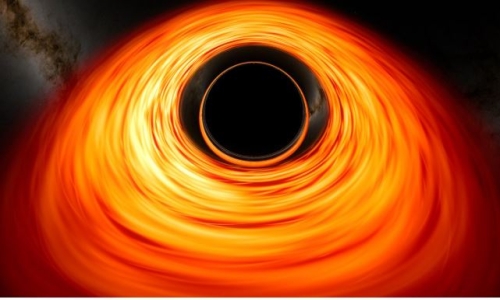


 1:20:1
1:20:1  2023-07-01
2023-07-01  1147
1147

The cheetah is the world's fastest land mammal. With acceleration that would leave most automobiles in the dust, a cheetah can go from zero to 60 miles an hour in only three seconds. Wild cheetahs are thought to be able to reach speeds of nearly 70 miles an hour-although they can only sustain that speed for about 30 seconds. These cats are nimble at high speeds, able to make quick and sudden turns in pursuit of prey.
There's some debate over whether cheetahs are "big cats." Some scientists argue that the term only refers to cats that are capable of roaring: lions, tigers, jaguars, and leopards. Cheetahs can't roar, though they can they purr. Still, conservation groups tend to embrace the wider definition of "big cats" that also includes snow leopards and cougars.
Even though their speed makes them fearsome hunters, cheetahs are the most vulnerable of the world's big cats. The International Union for Conservation of Nature currently lists the cheetah as vulnerable to extinction. However, in recent years, scientists have argued that cheetahs should be considered endangered instead, pointing to sizable losses in cheetah populations. There are fewer than 7,000 adult cheetahs remaining in the wild.
Appearance and habitat
Cheetahs are famous for their tawny coats covered in black spots, each arranged in a unique pattern to help the animals identify one another. Bold black stripes streak like tears from the inner corners of their eyes down to both sides of their mouths, and the ends of their bushy tails are encircled by black rings. As the only big cat with a semi-retractable claw— rather than the fully retractable claws that help lions tear flesh and climb trees-cheetahs are the sole member of the genus Acinonyx.
Cheetahs' coats can vary depending on their habitat. Although they typically prefer open grasslands, cheetahs live in a range of habitats across eastern and southern Africa. One subspecies, the critically endangered Asiatic cheetah, can only be found in Iran, and only a few hundred are believed to be left.
Cheetahs in desert regions are sometimes smaller with paler coats, while some cheetahs in southern Africa have a genetic mutation that gives them larger spots and even stripes. There have also been rare sightings of spotless cheetahs in Kenya.
Speed and hunting
Cheetahs' bodies are uniquely adapted to help them reach top speeds, from their long, slender limbs and hard foot pads to the flexible spine that gives them their long stride. The cat's light tail acts like a rudder, and its semi- retractable claws act like the spikes on a sprinter's shoe to offer stability during the chase. Cheetahs also have large nasal cavities that help them gulp in oxygen, while the shape of their inner ears allows them to maintain balance and keep their heads still as they run. (Explore the mesmerizing physics of animal locomotion.)
Before unleashing their speed, cheetahs use their exceptionally keen eyesight to scan the grassland for signs of prey-especially antelopes and warthogs, although cheetahs also prey on smaller animals such as hares and birds. The cheetah is a daylight hunter that benefits from stealthy movement and a spotted coat that allows it to blend easily into high, dry grasses.
Cheetahs begin a hunt by stalking their prey. When the moment is right, a cheetah will sprint after its quarry and attempt to knock it down. Such chases cost the hunter a tremendous amount of energy and are usually over in less than a minute. If successful, the cheetah begins eating its kill quickly to prevent opportunistic animals like lions and hyenas from getting in the way. Cheetahs rarely scavenge for food and stay hydrated by drinking the blood or urine of their prey.
Reality Of Islam |
|

If you'

Imagine bei

MIT en
 9:3:43
9:3:43
 2018-11-05
2018-11-05
10 benefits of Marriage in Islam
 7:5:22
7:5:22
 2019-04-08
2019-04-08
benefits of reciting surat yunus, hud &
 9:45:7
9:45:7
 2018-12-24
2018-12-24
advantages & disadvantages of divorce
 11:35:12
11:35:12
 2018-06-10
2018-06-10
 6:0:51
6:0:51
 2018-10-16
2018-10-16
 6:0:8
6:0:8
 2023-03-19
2023-03-19
 5:57:34
5:57:34
 2023-03-18
2023-03-18
 11:34:48
11:34:48
 2022-06-29
2022-06-29
 9:50:37
9:50:37
 2023-02-28
2023-02-28
 10:43:56
10:43:56
 2022-06-22
2022-06-22
 2:11:12
2:11:12
 2022-10-15
2022-10-15
 9:39:36
9:39:36
 2022-12-28
2022-12-28
 5:41:46
5:41:46
 2023-03-18
2023-03-18
| LATEST |